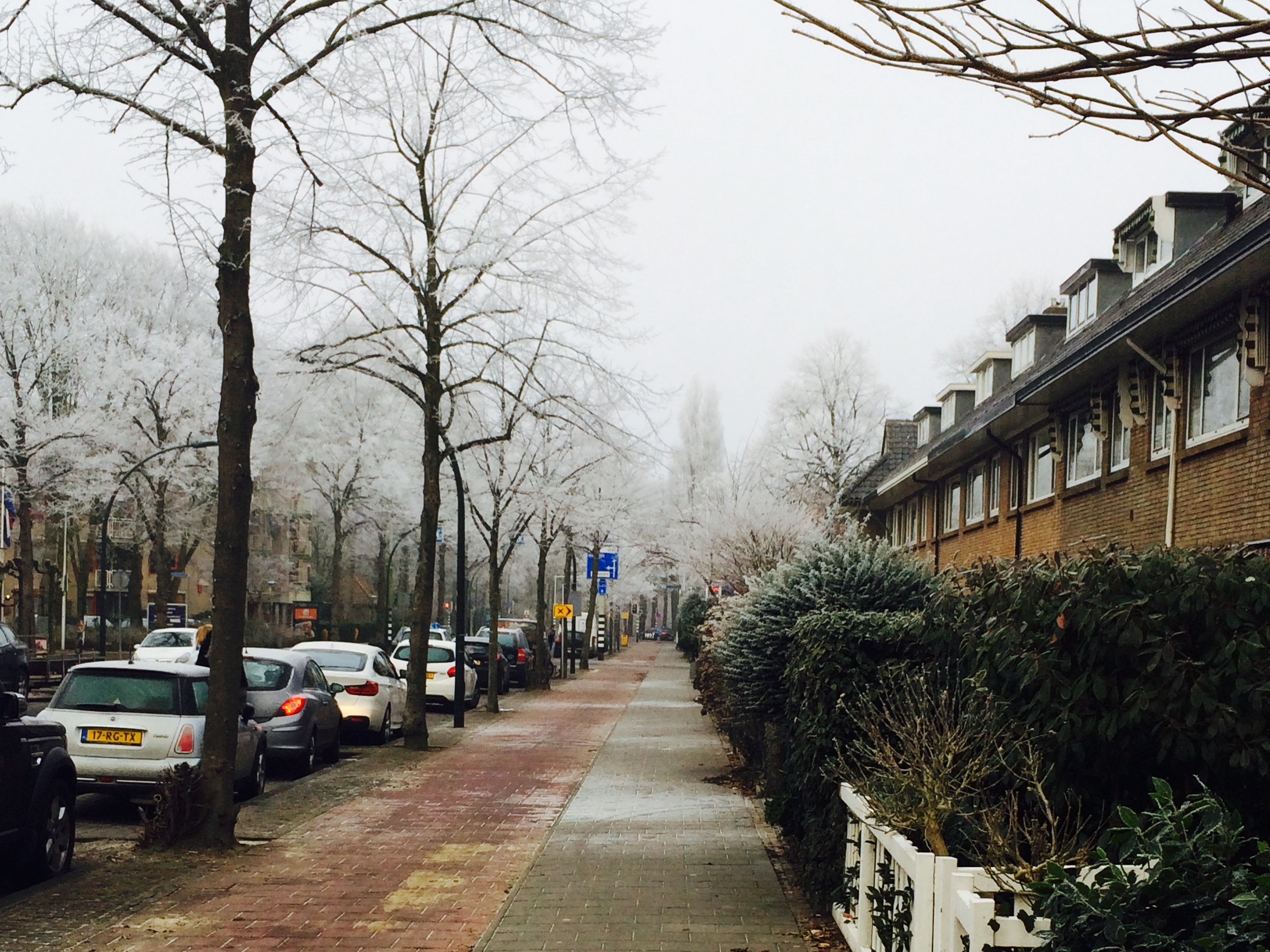
Uploaded on 2017-03-07 by Joseph
For this exercise on stocks and flows, I’d like to touch on the town where I live at the moment, Wassenaar, the Netherlands. The town is a suburb of The Hague. Due to its proximity to the international organizations and embassies in The Hague, as well as international schools in its immediate vicinity, the town has become a popular living area for the expatriate community, a major stock and flow that has shaped the town. In 2016, the estimated town population was placed at a little above 25,000 people, with roughly 20% foreign. Most of the foreign population is mostly mobile, with a constant stream of expatriates coming and out of the town each year. Due to relative high disposable income and purchasing power of expatriates, they influence the local economy of the town from property prices, rental rates to demand and supply of goods and services. Its important to note that the future stocks and flows of people in Wassenaar is further influenced by stocks and flows of capital and people from the Hague. An improvement or deterioration of business conditions in The Hague could have corresponding effects on Wassenaar. The second stock and flow in the town, I’ve actually discussed in part in the previous exercise, which was the prevalent use of brick in the Netherlands. The brick, which is made from clay from rivers in the country, is used for a variety of purposes: facade of buildings, road pavements, bike lanes, sidewalks, etc and becomes an important part of the architectural character of the town, as seen in the attached picture. The material is sustainable not only because of it source from the country’s territory, but also because the material can be recycled. The third stock and flow would be waste and how management of it is handled in the town. Each household is responsible for segregating their waste and the local municipality provides separate large bins for residual waste, green waste and paper waste. The bins are collected along the street on a pre-determined schedule. Glass bottles can be returned to deposit points at supermarkets where your deposit is returned. For other materials such as plastics, metals and toxic materials, there are curbside collection points scattered all over town. The waste is then sent to a collection point in town where it is further segregated and sent either to recycling points or eventually landfills if material is not biodegrable. But the effectiveness of the segregation system here minimizes the use for landfills. As part of the commitment to separate 75% of waste by 2020, the waste collection companies will provide services for even further segregation at home. Households will receive separate waste bins for PMD (plastic, metal and drinking packages) on top of the bins for green waste and paper. Eventually, residents will be encouraged to segregate their waste as collection of residual waste will be done in collection points around their area rather than at home.